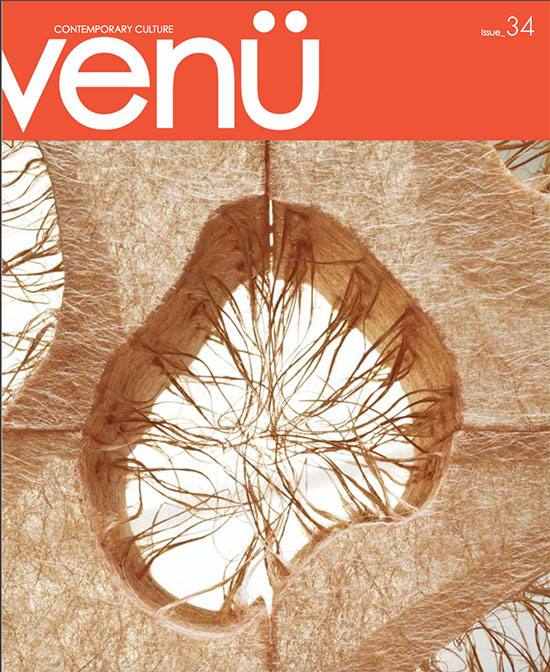 The cover story of the Spring Issue, No. 34 of Venü, the magazine of Contemporary Culture features browngrotta arts and our upcoming exhibition, Still Crazy After All These Years…30 years in art.
The cover story of the Spring Issue, No. 34 of Venü, the magazine of Contemporary Culture features browngrotta arts and our upcoming exhibition, Still Crazy After All These Years…30 years in art.
Author Cindy Clarke writes in Living Art, Timelessly Reimagined, that “Rhonda and Tom have a practiced eye for discovering museum-quality textural art and its accomplished creators. Over the last 30 years they have turned their finds into a premier art enterprise that’s in a class by itself…. Custom designed by the owners, the gallery itself is a dialog of opposites, blending elements of a historic two-story horse barn – think exposed beams, meticulously restored barndoors, original wide-plank wood flooring, vaulted ceilings – with grand, modernist spaces….
That’s the goal of this living gallery, of course, to show guests how different kinds of dimensional art fits into an environment and to give them permission and the encouragement to think out of the box to accommodate its human occupants.” Visit Still Crazy After All These Years at browngrotta arts. We will only be open for 10 days — April 22nd through April 30th; browngrotta arts, 276 Ridgefield Road, Wilton, CT 06897; http://www.browngrotta.com/Pages/calendar.php.
browngrotta arts gets good press: Venü Magazine’s Spring Issue
Art Assembled, Featured in February
February was a short month, but we still featured a full complement of art in New This Week on our homepage, including two tapestries, a series of small sculptures on the wall and a feathery fabric and wood mixed media work. Gudrun Pagter’s abstract tapestry, Architecture in Motion, is made of flax and sisal. “Through simple graphic effects—continuous white contour lines on a black background,” the artist says, “I try to unfold disciplined geometrical forms with strong references to architectonic space.”
Mille Fleur by Ane Henriksen was influenced by the millefleurs tradition and embroidery samplers. Millefleurs is a category of French and Flemish tapestries created at the edge of the Northern Renaissance. In the late 15th and 16th centuries large workshops were weaving tapestries with a limited number of figures or animals against a background of thousands of flowers. Samplers, were used to each embroidery to young girls from high society, later as part of school handicraft classes. The motifs, often with various kinds of borders, are letters and alphabets, often dated and bearing a girl’s name or initials and those of her ancestors, as well as embroidered patterns and religious and secular symbols copied from printed pattern books. In making Mille Fleur, the artist says, “it was almost as if I was a young girl,.. I used symbols and good omens in hope of a bright future, underlined as a naïve dream by using tints of pastel pink. A large part of the sensibility lies in the material used, a thick weft made of worn out bed linen from which small buttons, ribbons and other reminiscences peep out and are revealed.” There are also numerous elements in
Debra Sachs’ sculpture, Night Storm, which is made of laminated and carved poplar. A few years ago, like Humpty Dumpty, the artist had a serious accident. Slowly, she regained stamina and ability. “I began working in fits and starts,” she said, “flailing to and fro. Finally, there was a breakthrough moment. I had stockpiled fragments from larger works made five years prior. These were small chunks of laminated wood too interesting to toss. They were always there but now were staring at me in my basement shop. I started playing with them like a kid with a box of blocks. I carved and painted them and put them on shelves.”
There are two elements in Gizella Warburton’s Creel IV, a basket of fiber and mixed media accompanied by a piece of stitched wood. ” The materiality of cloth, paper, thread, wood and paint connects me to an innate human urge to make marks,” says Warburton.
Art Out and About: Exhibits Across the US, Eastern Edition
Here’s a list of exhibitions, podcasts and lectures well worth seeking out in February, March and April. In Connecticut, at the Wadsworth Athenuem in Hartford SHE: Images of Female Power from the Permanent Collection is on exhibit through April 2, 2017. The exhibition considers: What does female power look like? The intimate installation takes that question as a starting point to consider works from across the Wadsworth Atheneum’s collections, from Egyptian sculpture to Pre-Columbian ceramics to photography and textiles by contemporary artists. Included are images of goddesses, queens and protectresses. The exhibition features works by Ana Mendieta, Elizabeth Catlett, Lorraine O’Grady, Norma Minkowitz and Mario Carreño, among others. Norma Minkowitz will speak at the museum on March 30th @ 12:00 pm – 1:00 pm followed by a guided visit to her groundbreaking sculpture Goodbye Goddess. Also in Connecticut, at the Yale Art Gallery in New Haven, Small-Great Objects: Anni and Josef Albers in the Americas examines intersections between the art-making and art-collecting strategies of the Alberses, two of the most influential figures of 20th-century modernism. As the Gallery notes explain, “Between 1935 and 1967, the couple made numerous trips to Latin America, namely Mexico and Peru, and amassed a large collection of ancient artworks from the region. The exhibition looks at these objects in depth and considers how Anni and Josef’s collection supported their aesthetic sensibilities and teaching practice. In addition to objects from the ancient Americas, the show gathers together dozens of works that the couple made, including textiles, paintings, works on paper, and rarely studied photographs that Josef took at archaeological sites and museums.” Demonstrating the Alberses’ deep and sustained engagement with ancient American art, Small-Great Objects explores a fascinating dimension of the couple’s creative vision. This exhibition is accompanied by a free podcast, available in the gallery space and online at http://soundcloud.com/yaleartgallery/sets/small-great-objects. In Massachusetts, 31 works by international artists are included in Excellence in Fibers at the New Bedford Museum of Art. Organized by Fiber Art Now magazine, submissions from around the world were reviewed by jurors Emily Zilber, Curator, MFA Boston; artists Gerhardt Knodel and Norma Minkowitz and Melissa Leventon, former curator at the Fine Arts Museums of San Francisco.
Rachel Max is among the artists selected for Excellence in Fibers. You can read more about her work in the Winter double edition of Fiber Art Now in an article by John Hopper: http://fiberartnow.net/. In New York at the Museum of Arts and Design,
Françoise Grossen Selects remains on exhibit through March 15th. “Grossen has mined the Museum’s permanent collection,” the Museum writes, “and brought her own rope sculptures together with a selection of work from MAD’s unusual collection of baskets, as well as other work in fiber, wood, and metal….Grossen’s selections highlight an approach to contemporary sculpture that focuses on the artist’s direct transformation of material and links it to a wider discussion about ways of making in culture at large.”
On Sunday, February 19th at 2 p.m., MAD’s Windgate Research and Collections Curator, Elissa Auther, will discuss the historical context of Grossen’s work. Auther will also discuss the advance of thread, rope, string, felt and fabric from the “low” world of craft to the “high” world of art in the 1960s and ’70s, as well as the prominence of fiber in art today. For more information visit: http://madmuseum.org/exhibition/françoise-grossen-selects.
Art Out and About: Exhibits Across the US, Western Edition
If you are traveling in the next few months, there are interesting exhibitions on each coast and in states in between for you to attend. Here are offerings in the Western part of the US. We’ll add exhibitions in the East next week. First, at the Denver Art Museum in Colorado, there are three exhibitions of note:
From the Fire Contemporary Japanese Ceramics from the Robert and Lisa Kessler Collection (through October 1, 2017);
Printed and Painted The Art of Bark Cloth (through August 27, 2017); and Shock Wave: Japanese Fashion Design, 1980s–90s (through May 28, 2017). From the Fire includes work by Yasuhisa Kohyama, among other ceramicists. Tianlong Jiao, the Joseph de Heer Curator of Asian Art at the Museum traveled to Japan to visit these artists in advance of the exhibition. You can read about his trip here: http://denverartmuseum.org/article/fire-curator-writes-about-his-trip-shigaraki-japan.
In Tulsa, Oklahoma, at 108 Contemporary, you’ll find Living With Art: the Newman Collection (through March 19th). In the exhibition, art objects from Rita and Don Newman’s eclectic collection, including works by Ed Rossbach and Mary Giles, are displayed alongside pieces of furniture owned by the couple. Further West, the San Jose Museum of Quilts and Textiles in California has turned itself over exclusively to weaving for the Spring, with four separate exhibitions. They include: American Tapestry Biennial (through April 16, 2017); Line DuFour: Fate Destiny and Self Determination (through April 16, 2017); Elemental Tapestry: Earth, Air Fire and Water — Tapestry Weavers West (through March 5, 2017); Embedded Patter: Three Approaches, Deborah Corsini, Alex Friedman, Michael Rohde (through April 17, 2017); and Cerebral Touch: Lia Cook 1980-Now (through April 16, 2017). Cerebral Touch traces Cook’s artistic journey from her abstract and dimensional pieces of the 1980s; weaving inspired by Old Masters drapery from her work during the 1990s; exploration of portraiture; and finally, work completed just weeks before this exhibition opened that explore the sensuality of the woven image and the emotional connections to memories of touch and cloth.
Art Assembled: Featured in January
We had four New This Week selections in January, including evocative sculptures of black willow and recycled aluminum plate and two works that offer commentary on current events.
Christine Joy sources, harvests and then transforms willow into dramatic sculpture. Smoke Ring represents a new direction for Joy, she says, “more looseness and movement on the edge, visually, of coming apart, more exploration of added color to give unity and emotional depth.”
Merja Winquist of Finland has created a stylized and shimmering Water Lily of recycled aluminum.
In Iron Curtain, a sculpture of burdock burrs, by Ceca Georgieva of Bulgaria, a figure seeks escape from a web of red threads. The work is about Georgieva’s generation, who remained n Eastern Europe after World War II on the Red side―the Communist side―of the Iron Curtain. “As children,” she says, “we proudly wore the red scarf of a Young Pioneer, and we believed whatever we were told to believe. Our future was programmed and seemed to be clear and beautiful. When cracks began to appear in the Iron Curtain and news from the West slowly filtered into the country, we learned about beat poetry, rock ‘n’ roll, blue jeans and Coca-Cola. We started to feel the lack of freedom and the desire to go out and to live without fear of restriction and deprivation. Then the wall fell down. Now, 25 years later, we are still in front of the half-open curtain, making efforts to get rid of the red iron threads.”
Are We the Same? by Norma Minkowitz, also addresses societal change, in this case, assimilation. “My thought was about our society and how, as time goes on, we intermingle and intermarry, ” says the artist, “and at the end we are a combination of many different genes and DNA and perhaps are eventually blended in some way.” Enjoy our selections.
Blog: Artists Recommend Books – January Edition
Here are a few recommended books that missed the posting deadline for our previous Blog, Books Make Great Gifts. From Chris Drury in the UK, a title he considers a must in light of the Dakota Pipeline,  An Indigenous Peoples’ History of the United States by Roxanne Dunbar-Ortiz (Beacon Press), which won an American Book Award in 2015. As an antidote, he recommends
An Indigenous Peoples’ History of the United States by Roxanne Dunbar-Ortiz (Beacon Press), which won an American Book Award in 2015. As an antidote, he recommends 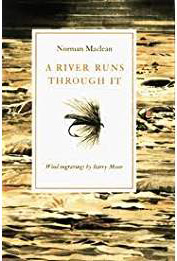 A River Runs Through It by Norman Maclean (University of Chicago Press). Drury recommends two books from Korea, too,
A River Runs Through It by Norman Maclean (University of Chicago Press). Drury recommends two books from Korea, too, 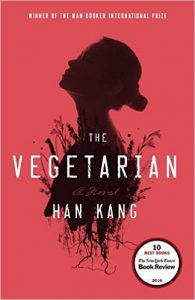 The Vegetarian by Hang Kang (Hogarth) and
The Vegetarian by Hang Kang (Hogarth) and 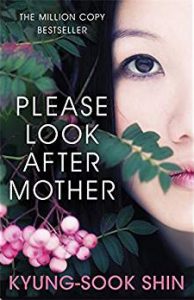 Please Look After Mother by Kyung-Sook Shin (Vintage).
Please Look After Mother by Kyung-Sook Shin (Vintage).
Wendy Wahl looked at the past year in providing her recommendations. “if the world has felt as wobbly to you as it has to me during 2016 then were on the same path,” she writes. “This isn’t to say that everything that transpired has been negative though there have been several traumatic events. The positive experiences have been just as surprising and memorable,” according to Wahl. She recommends a text on classic Indian spirituality, “that provides inspiration for healing and reframing perspectives, 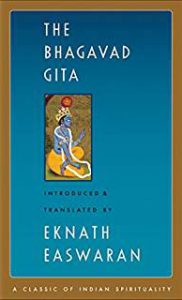 The Upanishads, introduced and translated by Eknath Easwaran (Nigiri Press). This collection of teachings is as timely now as it was 2000 years ago. Understanding the following words from the Brihadaranyaka Upanishad (iv.4.5) could be useful,” she says. You are what your deep, driving desire is. As your desire is, so is your will. As your will is, so is your deed. As your deed is, so is your destiny. The Mundaka Upanishad furnished the motto of the modern Indian nation, she notes, satyam eva jayate, nanritam, Truth alone prevails, not unreality” (iii.1.6).”Perhaps the global collective consciousness will awaken to this concept. I’m trying to remain hopeful.” Wahl adds that for readers interested in one of her favorite materials,
The Upanishads, introduced and translated by Eknath Easwaran (Nigiri Press). This collection of teachings is as timely now as it was 2000 years ago. Understanding the following words from the Brihadaranyaka Upanishad (iv.4.5) could be useful,” she says. You are what your deep, driving desire is. As your desire is, so is your will. As your will is, so is your deed. As your deed is, so is your destiny. The Mundaka Upanishad furnished the motto of the modern Indian nation, she notes, satyam eva jayate, nanritam, Truth alone prevails, not unreality” (iii.1.6).”Perhaps the global collective consciousness will awaken to this concept. I’m trying to remain hopeful.” Wahl adds that for readers interested in one of her favorite materials, 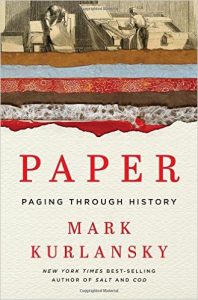 Paper: Paging Through History by Mark Kurlansky (W.W. Norton) is “a worthy read for a perspective on world history and a material that has had such an important role in its direction and documentation. I appreciated the author opening chapter fourteen with a quote from Denis Diderot, Encyclopedie,1 755: Indeed, the purpose of an encyclopedia is to collect knowledge disseminated around the globe; to set forth it’s general system to the men with whom we live, transmit it to those who will come after us, so that the work of preceding centuries will not become useless to the centuries to come; and so that our offspring, becoming better instructed, will at the same time become more virtuous and happy, and that we should not die with out having rendered a service to the human race. Perhaps Diderot should have included – to the women with whom we live,” she concludes.
Paper: Paging Through History by Mark Kurlansky (W.W. Norton) is “a worthy read for a perspective on world history and a material that has had such an important role in its direction and documentation. I appreciated the author opening chapter fourteen with a quote from Denis Diderot, Encyclopedie,1 755: Indeed, the purpose of an encyclopedia is to collect knowledge disseminated around the globe; to set forth it’s general system to the men with whom we live, transmit it to those who will come after us, so that the work of preceding centuries will not become useless to the centuries to come; and so that our offspring, becoming better instructed, will at the same time become more virtuous and happy, and that we should not die with out having rendered a service to the human race. Perhaps Diderot should have included – to the women with whom we live,” she concludes.
Greenery On My Mind; Pantone Color of the Year
Pantone has revealed that “greenery” will be the Color of the Year for 2017. Pantone describes “greenery” as “a refreshing and revitalizing shade” that is “symbolic of new beginnings.”
With new beginnings in mind, here, in honor of January — are some green-themed artworks for you to view. Baskets, tapestries and mixed media sculpture–green can inspire works of all sorts, made of materials from glass beads to copper wire to Japanese paper.
Art Assembled: Featured in December
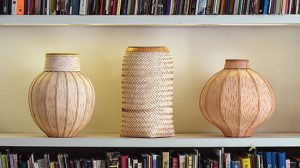
Dona Look
10dl #10-1, white birch bark and waxed silk thread, sewn with wrapped edge
12.6” x 10” x 10”, 2010
10dl #13-2, woven white birch bark, sewn and wrapped with waxed silk thread
13.75” x 8.5” x 8.5”, 2013
9dl #15-2, white birch bark and waxed silk thread sewn exterior, woven interior and wrapped edge
11.75” x 11.75” x 11.75”, 2015.
Photo by Tom Grotta
Each week of the year at browngrotta.com, we draw attention to a work, a book or a project by one of the artists we represent. Beginning this December, we’ll be providing a monthly round up of these works here on arttextstyle.com. This month on browngrotta.com we featured four very disparate works. First, baskets of white birch by Dona Look, who harvests the bark herself in Wisconsin where she lives. “Look carefully selects bark from large, healthy trees that will soon be logged—evaluating the diameter of each tree and the bark’s thickness, for its unique markings and flexibility,” explains Jane Milosch in “The Entanglement of Nature and Man,” Green from the Get Go: Contemporary International Basketmakers (browngrotta arts, Wilton, CT 2016). “Collecting and preparing the bark is painstaking and must be done in the spring when the sap is running. Unfortunately, her work has become increasingly difficult of late as not all of the trees are in a natural cycle, and some are dying due to climate change, such as white birch trees, once prevalent in northern Wisconsin forests.” The simple geometric patterns of some of her works, writes Milosch, “recall the patterns of Native American parfleche pouches, which were a kind of geographical depictions of the surrounding land, at the same time her basket preserves the radiant splendor of birch.”
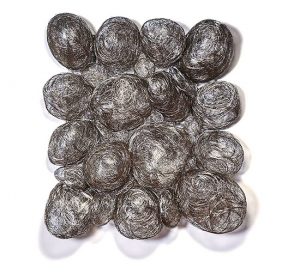
31kk Kyoko Kumai, Sen Man Na Yu Ta, stainless steel filaments, 44″ x 38″ x 7.75″, 2016. Photo by Tom Grotta
A strikingly different sensibility is evident in Sen Man Na Yu Ta, Kyoko Kumai’s wall sculpture of stainless steel. The steel filaments, mass-produced in a factory, are inorganic and monotonous by themselves, but when they are woven, twisted or bundled together they take on an organic appearance that serves to express various aspects of wind, air and light.
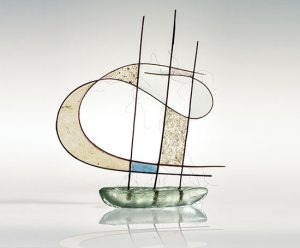
32jb Glass Boat, Jane Balsgaard, plantpaper, twigs and glass, 14″ x 13″ x 1.5″ 2015. Photo by Tom Grotta
Our third choice, Jane Balsgaard’s Glass Boat, deftly blends a sail of lightly processed handmade paper and a hull of glossy glass. Finally, in Process Piece, Ed Rossbach takes on construction, deconstruction and reconstruction in one work. First, he printed an image onto fabric, then he unraveled the fabric and finally re-constructed it into a new version. “I thought he was crazy,” his wife, artist Katherine Westphal told us.
The four works create a fine sentiment for 2017: Seek the splendid, airy, shiny and light; be willing to re-envision and remake.
Art Press: Sara Brennan in the News on Two Continents
Viewing Sara Brennan’s tapestries is to be immersed in a land- or skyscape. Brennan’s evocative weavings are featured in two different magazines this month, selvedge published in the UK and American Craft in the US. In selvedge, in “View,” Issue 73, pp. 92-93, Lesley Millar writes about the layering of history in Brennan’s tapestries, “At the centre of her work there is a stillness and a sense of being held, which is an echo of the experience at the centre of an ancient forest.” Millar notes that the artist uses a traditional Gobelin high warp technique which links her tapestries to the Middle Ages. She also uses yarns she has been given, old yarns, sometimes yarns she had inherited from her father’s studio in Edinburgh. Brennan admits to obsessing about the surface in her tapestries, the qualities of a specific yarn. “The surface texture,” Millar writes, “slows down our gaze through a series of subtle, textured intervals forming a visual interplay between our eye and the sensuality of the surface.”
The article in American Craft, December/January 2017, by editor in chief, Monica Moses is in a section called “Collective Unconscious: On the Horizon,” pp. 36-37, features five artists, includling Brennan, whose work envisions where the sky and land meet. Brennan reduces the landscape to its essence, “earth and sky, demarcated by horizon.”
Brennan’s work can be seen at browngrotta.com and, through January 2017, in Here and Now a touring exhibition curated by the UK’s National Centre for Craft and Design of contemporary British tapestry artists and weavers from Australia, Norway, Latvia, Japan and the USA. For more information visit: http://www.nationalcraftanddesign.org.uk.
Search
Subscribe2
Recent Posts
- July 10, 2025
- July 2, 2025
- June 25, 2025
Pages
blogroll
Archives
- July 2025
- June 2025
- May 2025
- April 2025
- March 2025
- February 2025
- January 2025
- December 2024
- November 2024
- October 2024
- September 2024
- August 2024
- July 2024
- June 2024
- May 2024
- April 2024
- March 2024
- February 2024
- January 2024
- December 2023
- November 2023
- October 2023
- September 2023
- August 2023
- July 2023
- June 2023
- May 2023
- April 2023
- March 2023
- February 2023
- January 2023
- December 2022
- November 2022
- October 2022
- September 2022
- August 2022
- July 2022
- June 2022
- May 2022
- April 2022
- March 2022
- February 2022
- January 2022
- December 2021
- November 2021
- October 2021
- September 2021
- August 2021
- July 2021
- June 2021
- May 2021
- April 2021
- March 2021
- February 2021
- January 2021
- December 2020
- November 2020
- October 2020
- September 2020
- August 2020
- July 2020
- June 2020
- May 2020
- April 2020
- March 2020
- February 2020
- January 2020
- December 2019
- November 2019
- October 2019
- September 2019
- August 2019
- July 2019
- June 2019
- May 2019
- April 2019
- March 2019
- February 2019
- January 2019
- December 2018
- November 2018
- October 2018
- September 2018
- August 2018
- July 2018
- June 2018
- May 2018
- April 2018
- March 2018
- February 2018
- January 2018
- December 2017
- November 2017
- October 2017
- September 2017
- August 2017
- July 2017
- June 2017
- May 2017
- April 2017
- March 2017
- February 2017
- January 2017
- December 2016
- November 2016
- October 2016
- September 2016
- August 2016
- June 2016
- April 2016
- March 2016
- February 2016
- December 2015
- October 2015
- September 2015
- August 2015
- June 2015
- May 2015
- April 2015
- March 2015
- February 2015
- January 2015
- December 2014
- November 2014
- October 2014
- September 2014
- August 2014
- July 2014
- June 2014
- May 2014
- April 2014
- March 2014
- February 2014
- January 2014
- December 2013
- October 2013
- September 2013
- July 2013
- June 2013
- May 2013
- April 2013
- March 2013
- January 2013
- December 2012
- November 2012
- October 2012
- September 2012
- August 2012
- July 2012
- June 2012
- May 2012
- April 2012
- March 2012
- February 2012
- January 2012
- December 2011
- November 2011
- October 2011
- September 2011
- August 2011
- July 2011
- June 2011
- May 2011
- April 2011
- March 2011
- February 2011
- January 2011
- December 2010
- November 2010
- October 2010
- September 2010
- August 2010
- July 2010
- June 2010
- May 2010
- April 2010
- March 2010
- February 2010
- January 2010
- December 2009
- November 2009
- October 2009
- September 2009
- August 2009
Categories
- Acquisitions
- Aldrich Museum of Contemporary Art
- Allies for Art
- An Unexpected Approach
- Anniversary
- Architecture
- Art
- art + identity
- Art Assembled
- Art Materials
- art money
- Art Preview
- Art Textiles
- artist
- Artsy
- Awards
- bamboo
- Basketmakers
- Basketry
- Behind the Scenes
- Blue/Green
- Book Recommendations
- Books
- Catalogs
- Ceramics
- Charity
- Classes
- Collage
- Collectors
- Commentary
- Commission
- Commissions
- Danish Tapestry
- DIY
- Eco-Art
- Exhibitions
- Fashion
- Fiber Future
- Fiber Sculpture
- Film
- Galleries
- Gifts
- Guest Post
- History
- In the News
- Installations
- Japandi
- Japanese Art
- Japanese Ceramics
- Lectures
- Mixed Media
- Museums
- New This Week
- New York
- Obituary
- Obiturary
- Outdoors
- Paper
- Philadephia Museum of Art
- Photography
- Politics
- Pop-Up Exhibition
- Press
- Process Notes
- Sculpture
- SOFA
- Sweepstakes
- Tapestry
- tate modern
- Technology
- Text Art
- Travel
- Uncategorized
- Volume 50: Chronicling Fiber Art for Three Decades
- White
- White Art
- Who Said What
- Wood
- Workshops
Tags
Adela Akers art assembled Basketry browngrotta arts Carolina Yrarrázaval Caroline Bartlett Dorothy Gill Barnes Ed Rossbach Gudrun Pagter Gyöngy Laky Heidrun Schimmel Helena Hernmarck Hisako Sekijima Jane Balsgaard Jennifer Falck Linssen Jin-Sook So Jiro Yonezawa John McQueen Karyl Sisson Kay Sekimachi Kiyomi Iwata Kyoko KumaI Lawrence LaBianca Lenore Tawney Lewis Knauss Lia Cook Magdalena Abakanowicz Marian Bijlenga Mariette Rousseau-Vermette Mary Giles Mary Merkel-Hess Nancy Koenigsberg Nancy Moore Bess Naoko Serino Naomi Kobayashi Norma Minkowitz Rachel Max Randy Walker Sheila Hicks Stéphanie Jacques Sue Lawty Tamiko Kawata Tapestry Wendy Wahl Yasuhisa KohyamaAbout browngrotta.com
blogroll
reboot
site-ings
who's showing where
Subscribe
Pages
Archives
Calendar


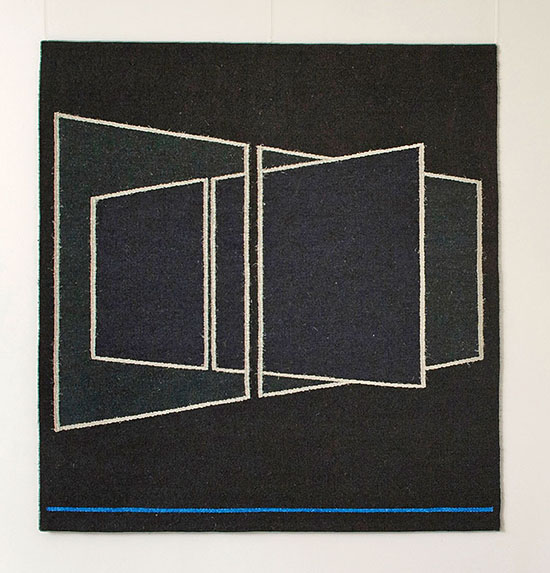
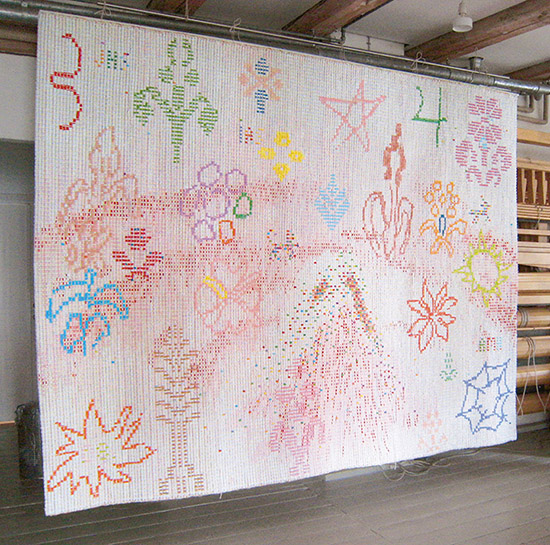
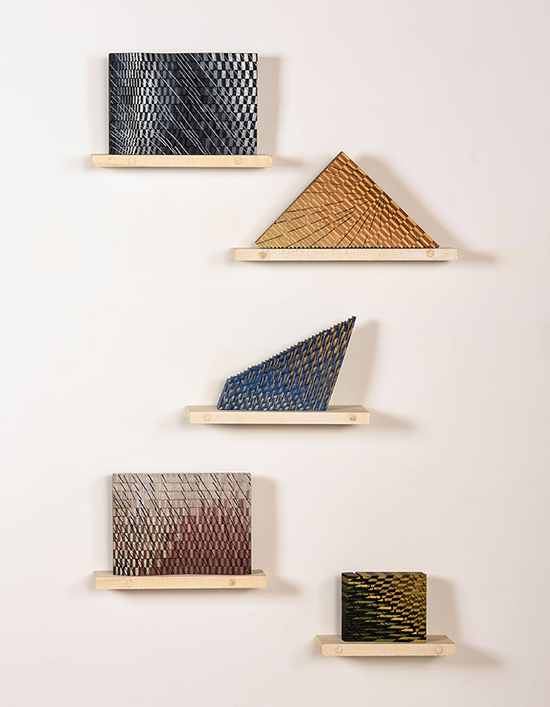
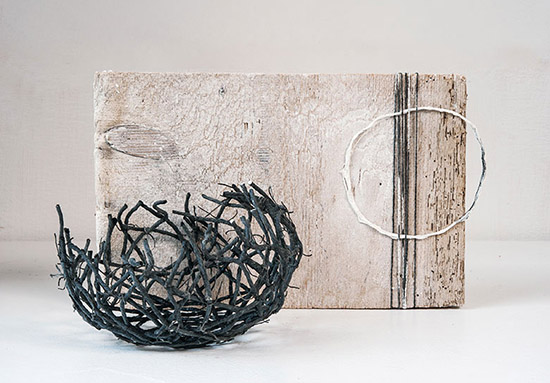
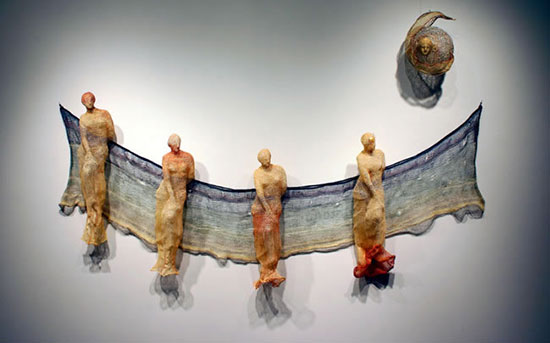
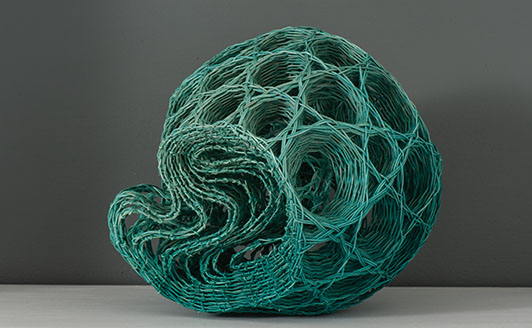
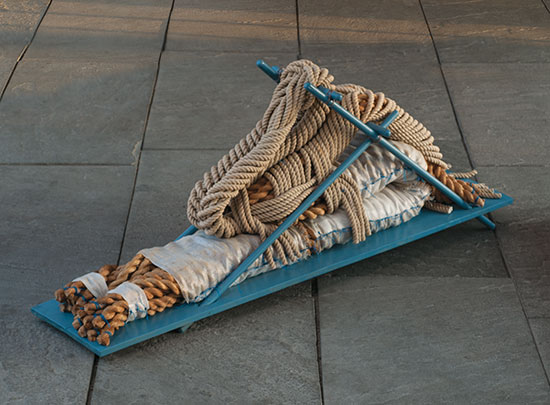
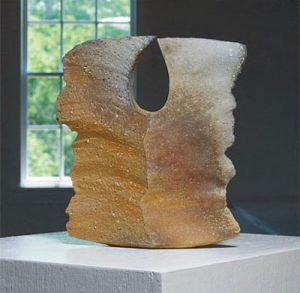
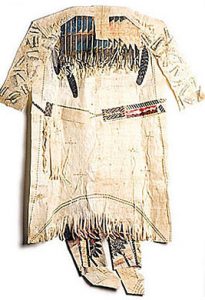
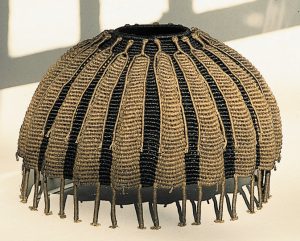
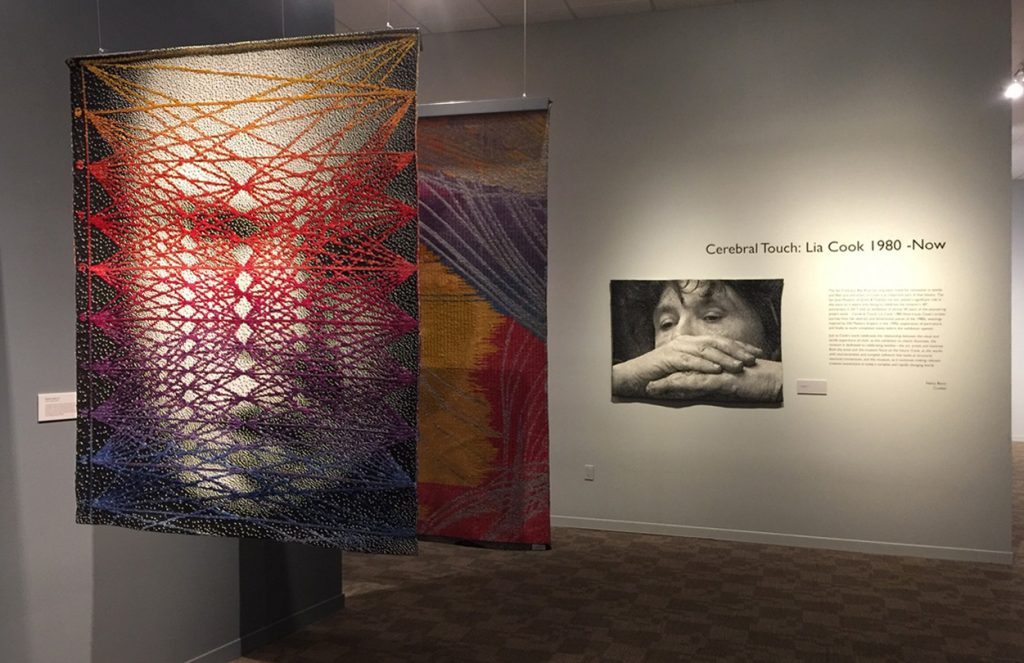
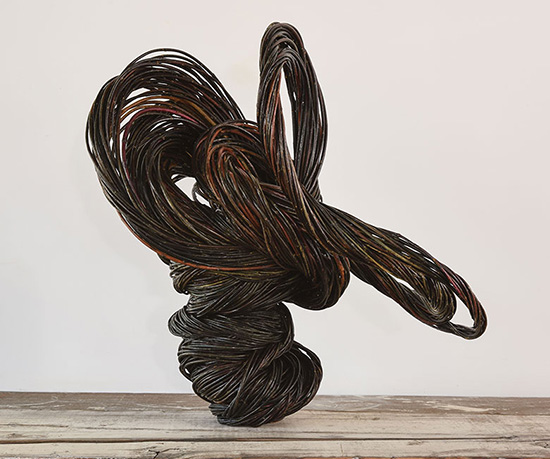
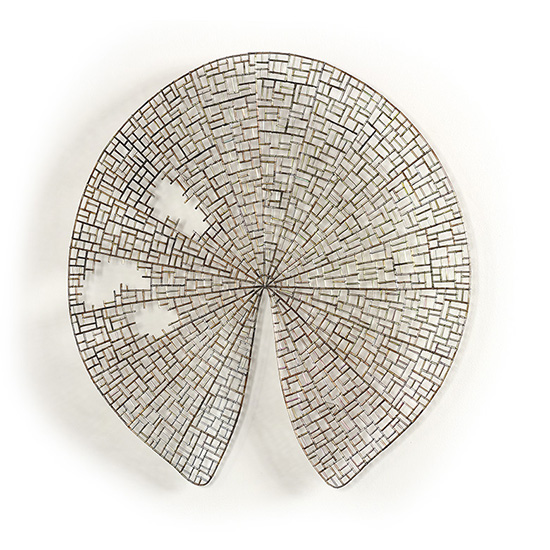
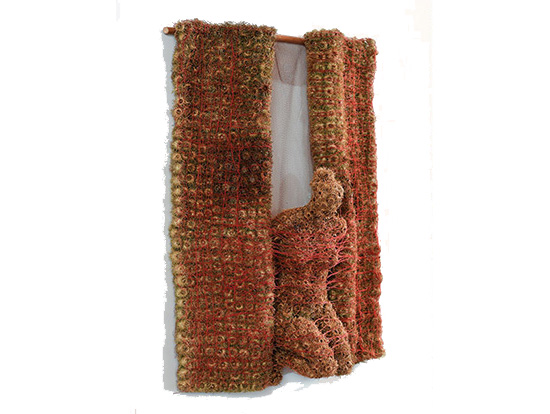
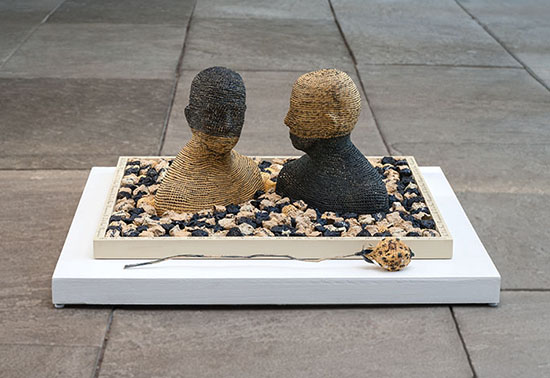

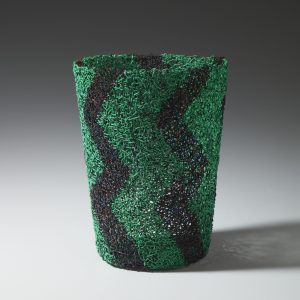
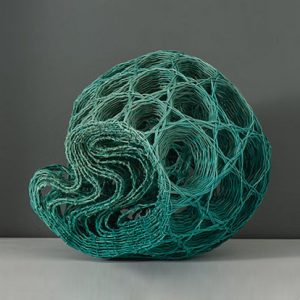
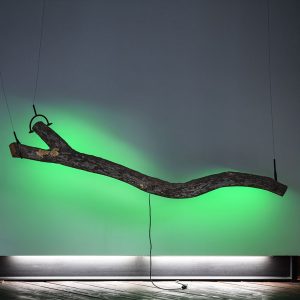
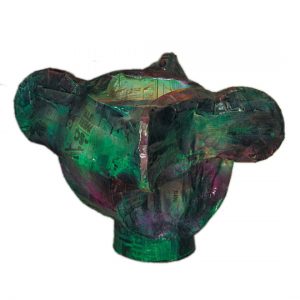
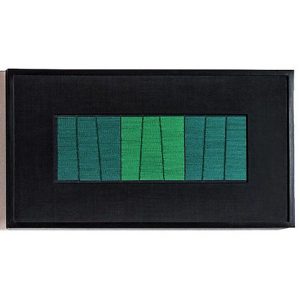
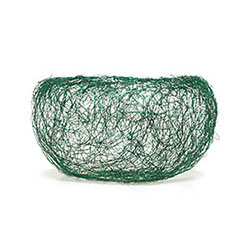
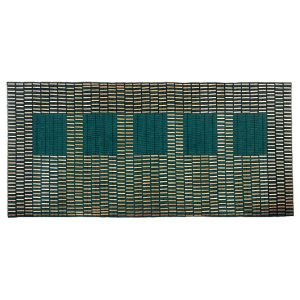
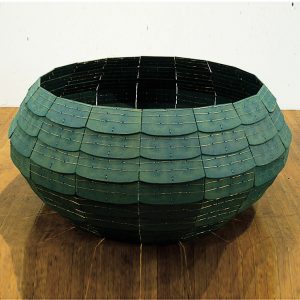
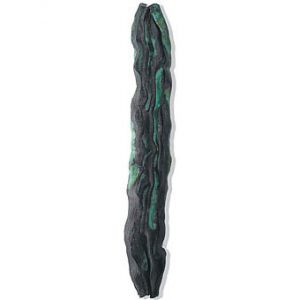
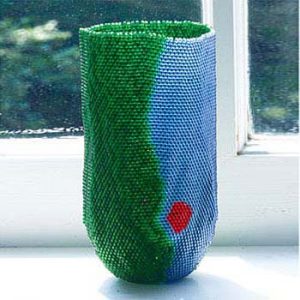
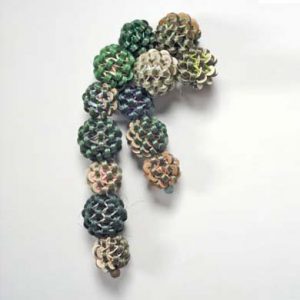
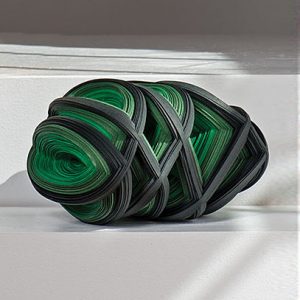
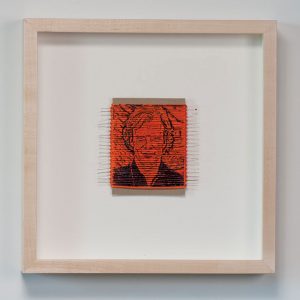
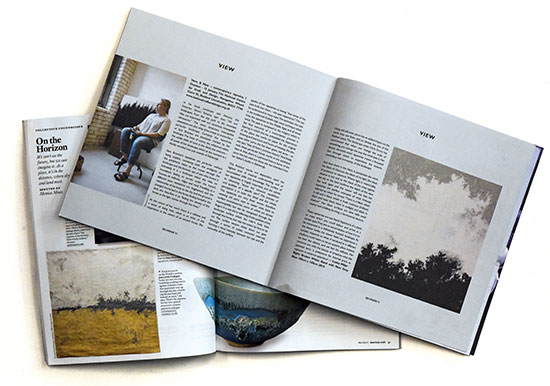
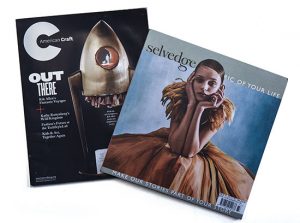
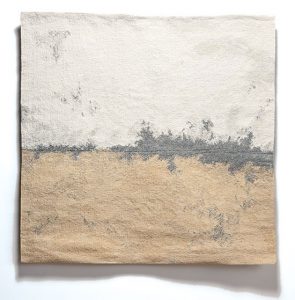
Books Make Great Gifts 2016
Another year of widely divergent books. Art, biology, history and biography are all represented in the answers we received to the questions we asked of artists that work with browngrotta arts: What books cheered you? Inspired you? Provided an escape?
Dona Anderson, wrote that she is reading Herbert Hoover: A Life by Glen Jeansonne (NAL, New York, 2016) who calls Hoover the most resourceful American since Benjamin Franklin. “I recently had a birthday and remember that my mother went to vote on the day I was born, November 6th, and she voted for Herbert Hoover. Consequently, I started to think about what the political atmosphere was like then — as ours was so crazy and even more so now. When I went to the library in October, the Hoover book was brand new and it appealed to me.”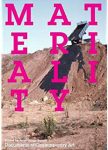 Rachel Max is reading Materiality, edited by Petra Lange-Berndt (MIT Press, Cambridge, 2015), one of the latest additons to the Whitechapel Documents of Contemporary Art series. It’s a fantastic series. Each volume in the series focuses on a specific theme and contains many thought-provoking essays from theorists and artists. Materiality not only addresses key geographical, social and philosophical issues, but it also examines how artists process and use materials in order to expand notions of time, space and participation. As the publisher notes, “this anthology focuses on the moments when materials become willful actors and agents within artistic processes.” Max has also been dipping into the diaries of Eva Hesse. “They are extremely private and were never meant for publication. But, as a huge fan of her work it is interesting to read her thoughts,” Max writes.
Rachel Max is reading Materiality, edited by Petra Lange-Berndt (MIT Press, Cambridge, 2015), one of the latest additons to the Whitechapel Documents of Contemporary Art series. It’s a fantastic series. Each volume in the series focuses on a specific theme and contains many thought-provoking essays from theorists and artists. Materiality not only addresses key geographical, social and philosophical issues, but it also examines how artists process and use materials in order to expand notions of time, space and participation. As the publisher notes, “this anthology focuses on the moments when materials become willful actors and agents within artistic processes.” Max has also been dipping into the diaries of Eva Hesse. “They are extremely private and were never meant for publication. But, as a huge fan of her work it is interesting to read her thoughts,” Max writes.
Nimura’s skillful crafting of a can’t-put-it-down narrative of their experiences on two sides of the Pacific is a vividly rich visual, as well as historical, account. She produced for the reader, through captivating descriptions illuminating the startling differences between these two very different cultures, the contrasting worlds we could easily visualize.
Stacy Shiff, Pulitzer Prise-winning author of Cleopatra wrote: “Nimura reconstructs their Alice-in-Wonderland adventure: the girls are so exotic as to qualify as ‘princesses’ on their American arrival. One feels “enormous” on her return to Japan.” It is just this Alice-in-Wonderland aspect of their story that caught my imagination. As in Louis Carroll’s Alice’s Adventures in Wonderland, it is the environment and the material culture that sets the stage for remarkable events. The tangible aspects of two vastly contrasting cultures – intellectually, technically, behaviorally and in terms of the accoutrements of every day life, express well the often conflicting, peculiar and unexpected events in the girls’ lives. The girls move from Japanese clothing, furniture and customs to western style and then back again feeling more comfortable in western settings than in their birth homes kneeling on the floor and lavishly swathed in yards and yards of embroidered silks.
In the late 19th century the US was bursting with inventions and change. Planning begun in the 1850s for the Chicago World’s Fair was well under way, ushering in the Gilded Age of rapid industrial growth, design innovation and expansion of popular culture. A startlingly appropriate time for the girls’ cultural experiment to take place. Nimura, who moved to Japan for three years with her Japanese/American nesei husband, was adept at utilizing her keen sense of design and broad knowledge of the two disparate material cultures. She skillfully brought to life the vast differences between the two civilizations through masterful and insightful descriptions of clothing, hairstyles, furniture, interiors, architecture as well as the cities in which they existed. This, combined with her extensive research, presents the reader with many insights into the relations between the two countries and their intertwined histories through the lives of these exceptional girls and their extraordinary adventures.
As Miriam Kingsberg of the Los Angeles Review of Books wrote, “Daughters… is, perhaps, less a story of Japanese out of place in their country, than of women ahead of their time.” Laky adds that while she was a professor of art and design at the University of California, Davis, she encouraged her students to study abroad. “This book illustrates how education and experience in a foreign country enhances understanding of other cultures and peoples – perhaps more important today than in the 1870s and 80s. I believe travel also greatly inspires creativity.”
It is a sad and exciting story about a typical lonely man in today’s Denmark, she wrote. “Written in a wonderful language – so one can just imagine him, by reading it and it is just as sad as Stoner.
As always, enjoy!